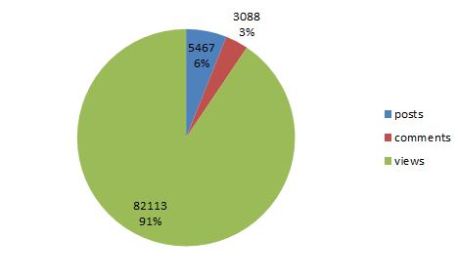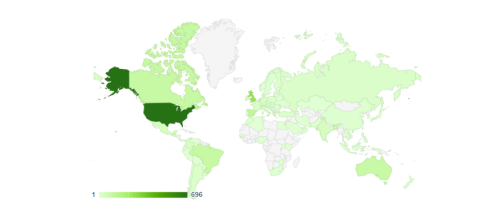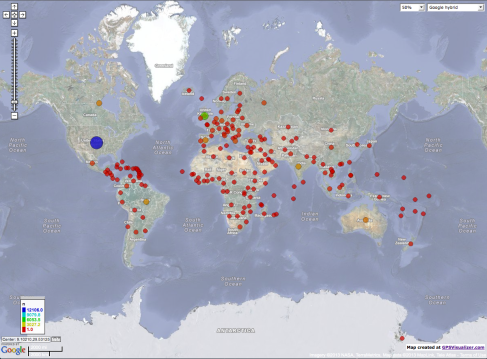Quite a few of us participating in the MOOC have been wondering what next (see Jen’s blog post), so I thought it might be useful to share a few suggestions for further and future reading according to the themes we’ve been looking at. In particular, what writing is out there which brings together popular culture, posthumanism and education in ways which resonate with what we’ve been doing in the latter half of the MOOC?
For me, some of the best writing on posthumanism emerges in the analysis of popular culture, from Shelley’s 1818 Frankenstein (discussed by Elaine Graham, 2002, here) to Wolfe’s 1952 Limbo (see N K Hayles’ discussion in How We Became Posthuman, 1999) and Byrne and Eno’s 2006 re-release of My Life in the Bush of Ghosts (which Cary Wolfe, 2010, talks about in his book). Such work brings pressure to bear on the very distinction between ‘fact’ and ‘fiction’, ‘science’ and ‘art’ – yet another set of binaries we’ve negotiated around at several points over the last few weeks – as it traces our various attempts to make sense of scientific incursions on ‘the human’, while at the same time mapping multiple possible futures for those same scientific trajectories.
So there’s some great recent work which reads education and posthumanism alongside popular culture, showing how rich such an approach can be. Helena Pedersen’s (2010) meditation on posthumanist theory, educational philosophy and animal studies via a reading of Atwood’s Oryx and Crake and Ishiguro’s Never Let Me Go is one cracking example. Another is Gough’s 2004 proposal for a posthuman pedagogy using Mayakovsky’s Cyberantics as exemplar and model (see the paper outline here); yet another is Lewis and Khan’s working through of the notion of ‘exopedagogy’ (2010), which arrives at a proposition for posthumanism in education via readings of culture from Victor the ‘wolf boy’ to David Icke’s reptoid aliens and ‘fairy faith’ subcultures.
I’d recommend all of these as good starting points for going further. I’m afraid they’re all books or closed articles but hopefully the links above will help in making a judgement about whether it’s worth investing…
Sian Bayne
@sbayne




